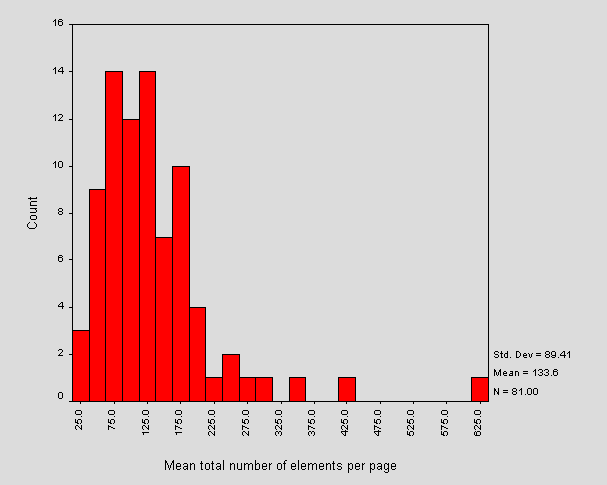Mean without outliers
Description:
The mean and standard deviation of a sample of data can be thrown off if the sample contains one or many outlier(s) :

For this reason, it is usually a good idea to check for and remove outliers before computing the mean or the standard deviation of a sample. To this aim, your function will receive a list of numbers representing a sample of data. Your function must remove any outliers and return the mean of the sample, rounded to two decimal places (round only at the end).
Since there is no objective definition of "outlier" in statistics, your function will also receive a cutoff, in standard deviation units. So for example if the cutoff is 3, then any value that is more than 3 standard deviations above or below the mean must be removed. Notice that, once outlying values are removed in a first "sweep", other less extreme values may then "become" outliers, that you'll have to remove as well!
Example :
sample = [1, 2, 3, 4, 5, 6, 7, 8, 9, 10, 100]
cutoff = 3
clean_mean(sample, cutoff) → 5.5
Formula for the mean :
Formula for the standard deviation :
Note : since we are not computing the sample standard deviation for inferential purposes, the denominator is n, not n - 1.
Similar Kata:
Stats:
| Created | Jul 10, 2017 |
| Published | Jul 10, 2017 |
| Warriors Trained | 1571 |
| Total Skips | 75 |
| Total Code Submissions | 10555 |
| Total Times Completed | 775 |
| Python Completions | 671 |
| R Completions | 117 |
| Total Stars | 60 |
| % of votes with a positive feedback rating | 92% of 106 |
| Total "Very Satisfied" Votes | 90 |
| Total "Somewhat Satisfied" Votes | 15 |
| Total "Not Satisfied" Votes | 1 |
| Total Rank Assessments | 7 |
| Average Assessed Rank | 5 kyu |
| Highest Assessed Rank | 5 kyu |
| Lowest Assessed Rank | 6 kyu |

